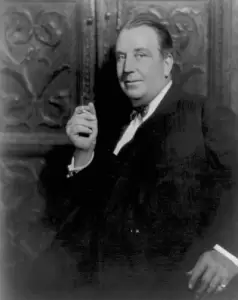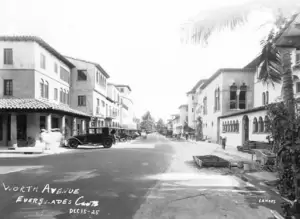The Boom

After World War I, an unprecedented building boom began in Palm Beach, as seasonal residents moved out of the grand hotels and had homes built. The Roaring 20s was a time when a person’s wealth and success were measured by what he or she owned. At first the new Palm Beach residences were Craftsman-style, but an architectural revolution started quietly in 1918. New architects and builders from all over, starting with Addison Mizner, contributed to a new architectural style in Palm Beach.

A combination of events caused both the boom and the bust in south Florida. The production of automobile models that were affordable to a growing middle class turned the United States into a mobile society. New roads carried Americans southward, where a thriving economy encouraged them to buy land and build homes. By 1920, Florida had a population of nearly a million people, which would grow by more than half in the next decade. If the climate was not enough to draw them in 1924 the state amended its constitution to prohibit state income and inheritance taxes.
After a 1925 fire destroyed two Palm Beach Hotels, a rush to rebuild caused overspending and under-capitalization of the projects. In the spring of 1925, there were four other large hotels under construction—the Brazilian, the Royal Daneli, the Lido-Venice, and Whitehall, an addition to the former Flagler residence. Competing for materials and manpower in Palm Beach at the same time were Bethesda-by-the-Sea Episcopal Church, St. Edward Catholic Church, Town Hall, the Worth.
The population of West Palm Beach quadrupled from 1920 to 1927, and all kinds of businesses and public services grew along with it. One January 1925 newspaper of 150 pages contained 12 full-page advertisements for residential developments. From 1920 to 1925, the city’s total property value increased almost fivefold, from $13.6 million to $61 million, and would peak at $89 million in 1929. But it was all on paper.

